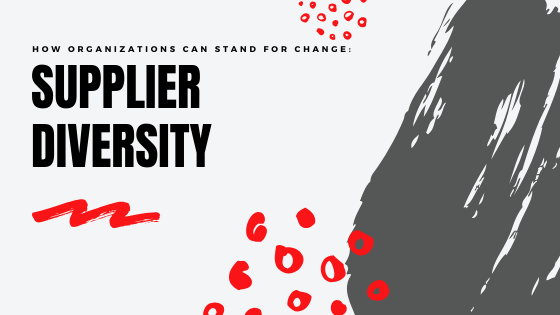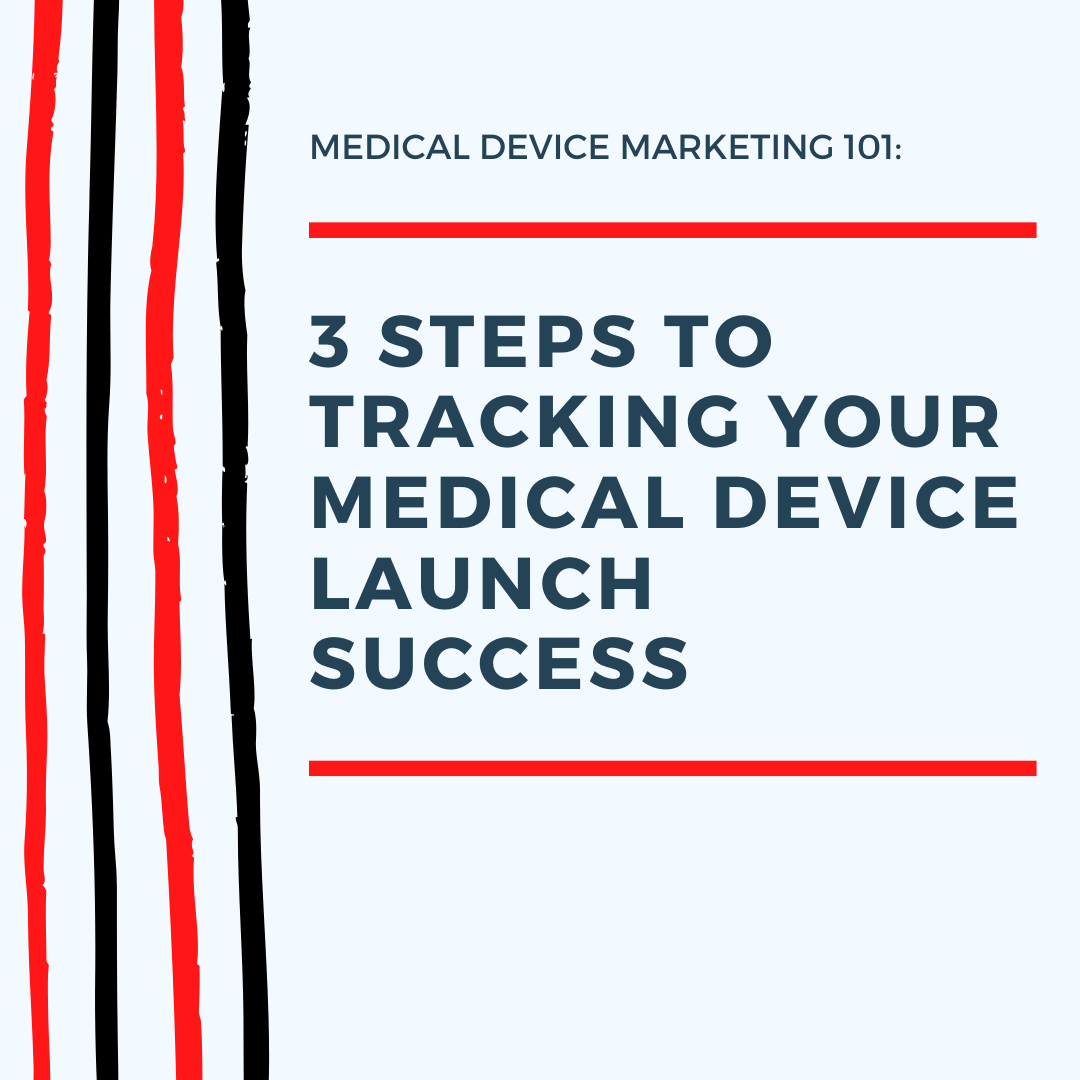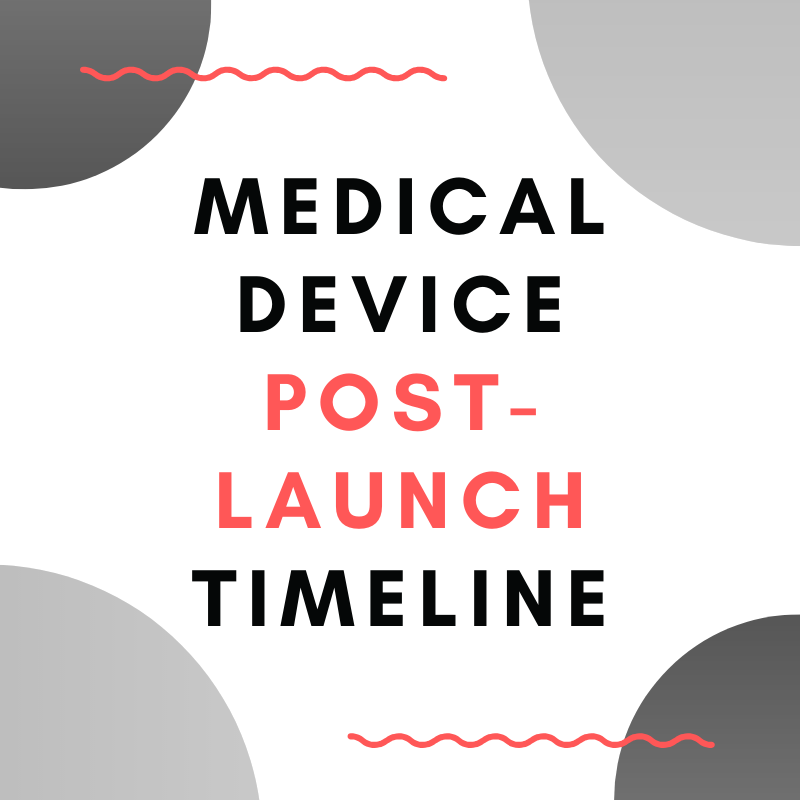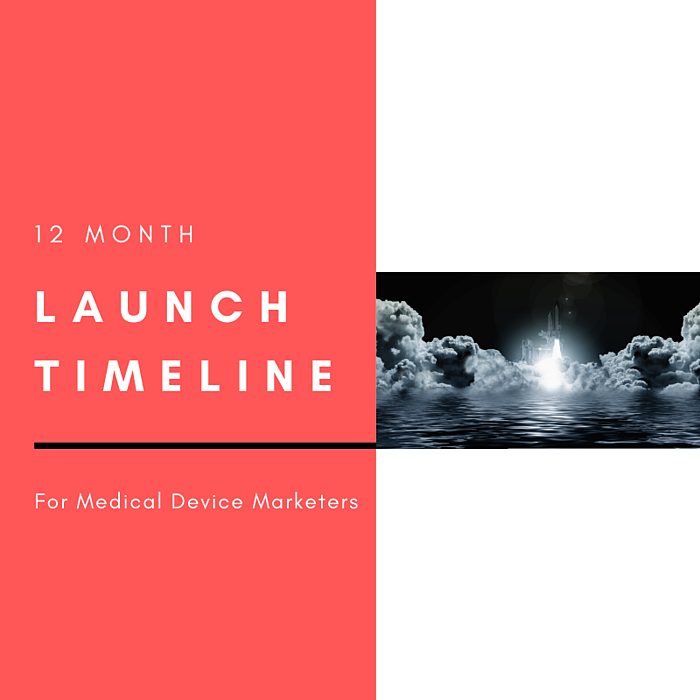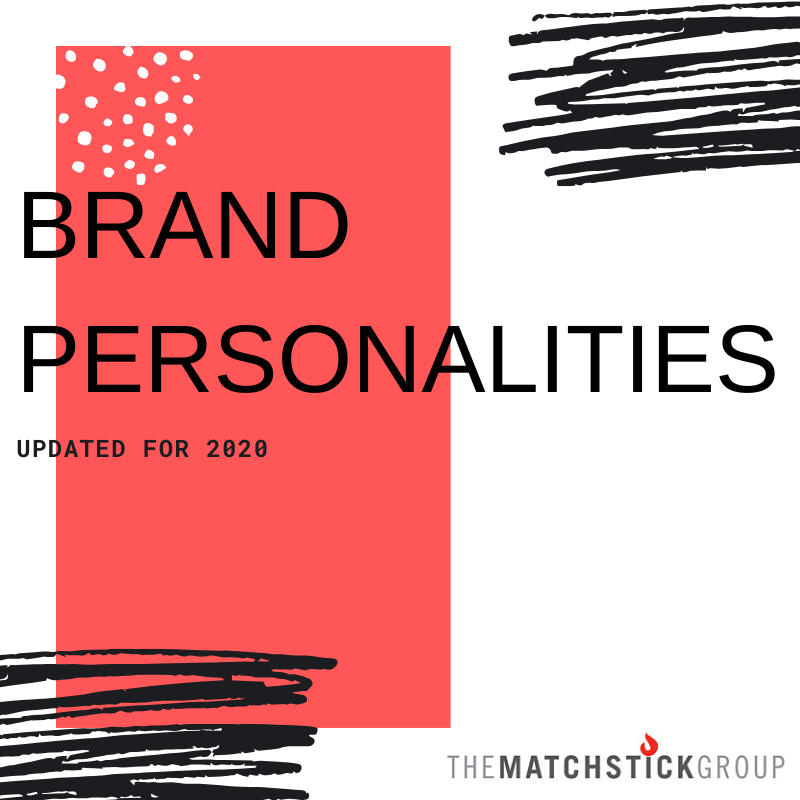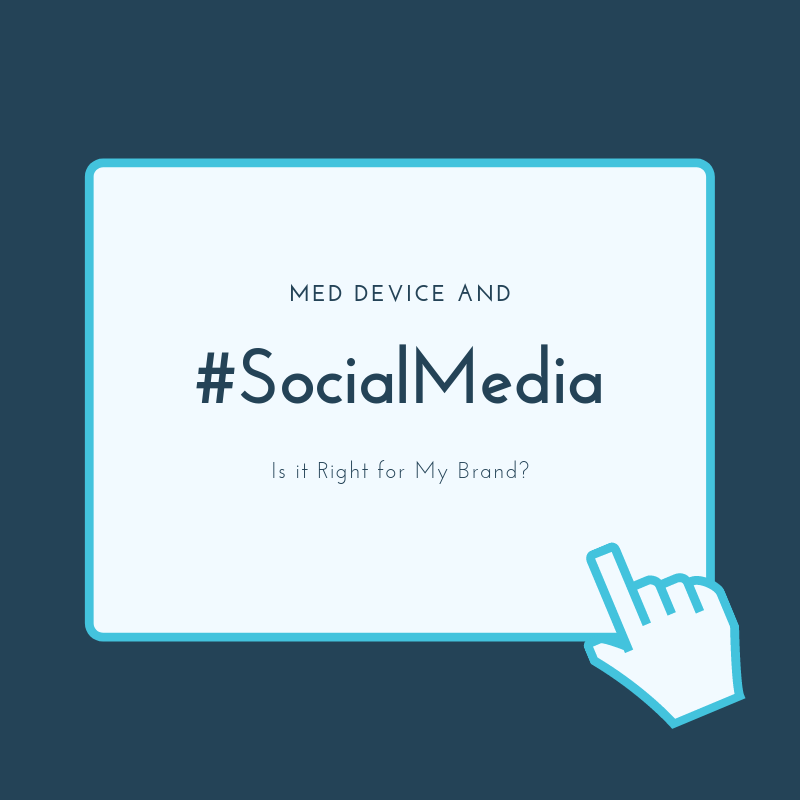At The Matchstick Group, we are troubled by the events that have taken place over the last several weeks, but the protests across the nation are highlighting issues that are often either ignored or maybe discussed for a minute and then swept under the rug.
Over the past week more and more corporate voices have spoken up for equality and have offered up actions to contribute to being part of the solution. From using social media channels to amplify voices of color, to donating to worthy causes, many companies are committing themselves to social justice in this moment.
But a more tangible way that private organizations can commit to supporting people of color is through supplier diversity programs.
Some organizations have diversity supplier initiatives but others may question what supplier diversity is and why we need it. To answer this, we’ll walk you through the reasons why companies should meet this moment by increasing supplier diversity.
Standing as an ally is actually profitable
Supplier diversity programs are much more than a way for companies to show ally-ship or improve their public image. They also produce a proven positive effect on the bottom line. When companies bring in diverse suppliers, they’re bringing in flexibility, innovation, and fresh ideas. According to Diversitybestpractices.com, “On average supplier diversity programs add $3.6 million to the bottom line for every $1 million in procurement operation costs.”
Diversity is a cultural reality
Conformity to old ideas and ways of doing things creates stagnation, which prevents your brand from to evolving and growing with the culture in which it exists. As Forbes succinctly puts it, “Conformity is the motto when it comes to processes and procedures, but not people.” Bringing in diverse ideas from various types of people adds to the wisdom you have about your brand.
Your customer base is diverse
What does it say about a company whose suppliers don’t reflect the diversity of their audience? How can a company speak to their customer base (or sell to them for that matter) without having a true representation of their voices at the table? These questions illustrate just how relevant supplier diversity is to customers. If the company’s suppliers are not as diverse as their customer base, then there will always be unrealized opportunities for growth. Because the demographics of the US customer base is becoming ever more diverse, companies leave money on the table if they are not attuned to their changing needs.
But how can companies go about acquiring a more diverse supplier base?
There are a number of agencies that certify diverse suppliers. These organizations have a vetted process in place and suppliers often spend up to six months working on their certifications. As a WBENC-certified agency, we can speak first-hand about the integrity of these organizations and their strive to support equality. Consider looking here when putting out your next RFP.
- National Minority Supplier Development Council(NMSDC)
- Women’s Business Enterprise National Council(WBENC)
- National Gay & Lesbian Chamber of Commerce(NGLCC)
- United State Hispanic Chamber of Commerce(USHCC)
- Asian Pacific American Chamber of Commerce(APAAC)
- Native American Chamber of Commerce(NACC)
- Vets First Certification Program(for veteran-owned small businesses)
- S. Business Leadership Network(USBLN, for disabled-owned small businesses)


